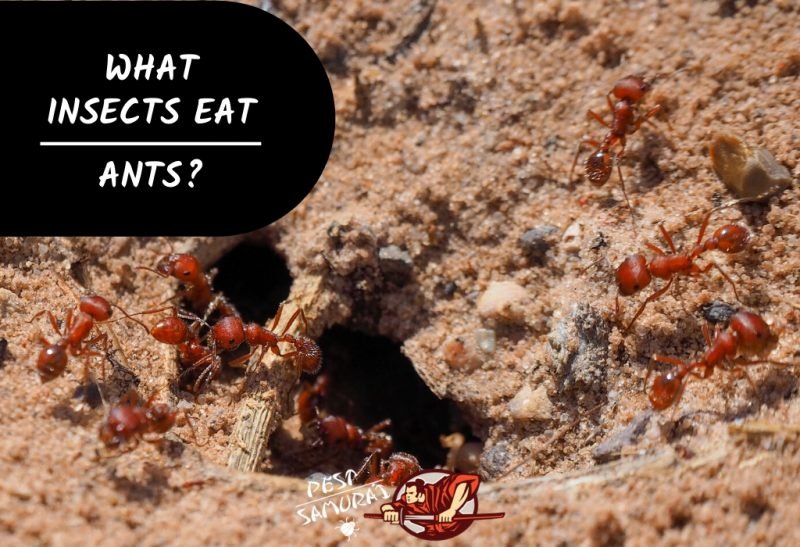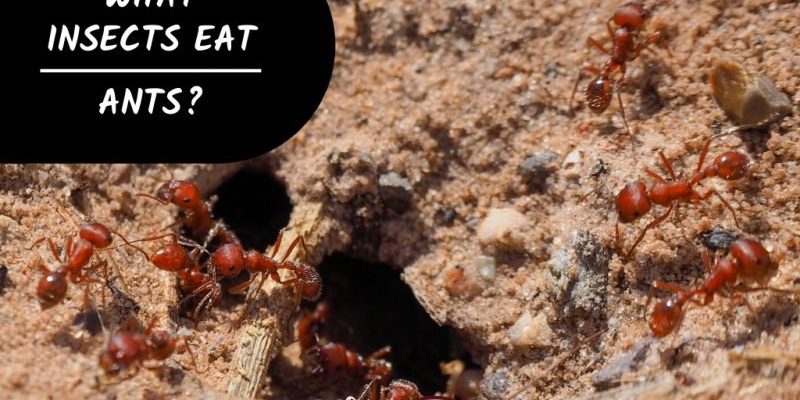
Imagine a bustling city where everyone goes about their business. Now, picture that city facing threats from outside—like a hungry lion roaming through the streets. For ants, these threats include everything from birds and lizards to more sinister dangers like diseases. With so many factors at play, it’s a miracle that ants continue to thrive. So, let’s dive into the exciting realm of ant predators and threats, and how these industrious insects cope with challenges in their environment.
Common Predators of Ants
Ants are far from defenseless, but they do have a long list of predators that keep their populations in check. Some of the most common predators include:
- Birds: Many birds see ants as a tasty snack.
- Reptiles: Lizards and snakes often hunt ants on the ground.
- Mammals: Small mammals like hedgehogs and certain rodents also enjoy munching on ants.
Birds are particularly adept at snatching ants, especially when they spot them gathering food. Some birds have even adapted their hunting methods specifically for foraging ants. For example, they might use their beaks to poke through the soil or leaf litter where ants are commonly found. This hunting skill showcases how nature’s relationships are tightly interwoven.
Reptiles, on the other hand, take a more stealthy approach. A lizard may lie in wait, camouflaged among the rocks, ready to catch unsuspecting ants as they scurry by. It’s all about patience and timing for these cold-blooded hunters.
The Role of Parasites in Ant Populations
Parasites are another significant threat to ants, often working in the background and causing slow declines in colony health. Some key parasites include:
- Fungi: Certain fungi, like the infamous Ophiocordyceps unilateralis, infect ants and take control of their behavior.
- Protozoa: These single-celled organisms can weaken ants, making them more susceptible to other threats.
- Wasp larvae: Some wasps lay their eggs inside ants, and their larvae consume the ant from the inside out.
The fungus we mentioned earlier is particularly gruesome. Infected ants climb high into vegetation, where they bite down and die. Once the fungus fully takes over, it releases spores to infect more ants below. This brutal form of predation is an example of how life and death in nature can be intertwined.
Moreover, protozoa can lead to diseases that affect an entire colony, causing sickness and reducing the number of worker ants available to gather resources. The presence of parasites often leads to increased stress within an ant colony, making it harder to sustain their populations.
Human Impact on Ant Populations
Humans might not be direct predators, but our activities pose serious threats to ant habitats. Here are a few ways we’re impacting these tiny creatures:
- Habitat destruction: Urban development and agriculture destroy ant colonies.
- Pesticides: The use of chemical pesticides can wipe out entire colonies.
- Invasive species: Non-native species can outcompete or prey on native ants.
When we clear land for cities or farming, we disrupt the natural habitats where ants thrive. The loss of vegetation can create a domino effect, impacting not just ants but the broader ecosystem. Additionally, pesticides designed to control pests often don’t discriminate, harming ants and their colonies as collateral damage.
Invasive species, like the Argentine ant, can completely overhaul local ant dynamics, outcompeting native species and altering the natural balance of the environment.
Climate Change and Its Effects
In recent years, climate change has emerged as a significant threat to many species, including ants. Here’s how it’s affecting them:
- Temperature shifts: Changes in temperature can affect ant development and behavior.
- Food availability: Altered plant growth patterns can impact the food supply for ants.
- Weather extremes: Droughts and floods can devastate ant colonies.
As temperatures rise, some ant species might struggle to adapt, leading to reduced reproduction rates. Warmer climates can also shift the geographical ranges of some ant species, forcing them to find new habitats, which may not always be suitable.
Additionally, fluctuations in weather patterns can lead to dramatic shifts in food availability. If plants are affected, the ants that rely on them for sustenance may find themselves in trouble.
Ant Defenses Against Predators
Despite the many threats ants face, these tiny warriors have developed some impressive defenses:
- Camouflage: Some ant species can blend into their surroundings.
- Formic acid: Many ants produce a chemical defense to deter predators.
- Social behavior: They work together to protect their nests.
Ants that are good at disguising themselves can avoid predators simply by not being seen. Their ability to blend into the environment gives them a fighting chance against birds and lizards.
Another defense mechanism is the production of formic acid, which many ants use as a spray to ward off attackers. It’s a strong chemical and can deter those who might consider them food.
Finally, ants are social creatures, and their teamwork is one of their greatest strengths. When they sense danger, they alert the colony, and their collective effort can fend off intruders or predators looking to invade their homes.
The Importance of Ants in the Ecosystem
Even with all the predators and threats, ants play a vital role in our ecosystem. Here’s why they matter so much:
- Soil aeration: Ants help to aerate the soil, promoting healthy plant growth.
- Decomposition: They assist in breaking down organic matter.
- Seed dispersal: Various ant species help disperse seeds, aiding plant reproduction.
By digging tunnels and moving dirt around, ants help keep the soil healthy, allowing for better water absorption and nutrient distribution. They’re also nature’s little recyclers, breaking down dead plants and animals, which returns nutrients to the earth.
Moreover, many plants rely on ants for seed dispersal. The seeds provide food for ants, and in return, the ants carry them to new locations, helping plants grow in diverse areas. This relationship is another fantastic example of how interconnected life is on our planet.
In closing, while ants face numerous predators and threats, their resilience and adaptability are truly remarkable. Whether it’s battling parasites or finding a way to survive in a changing climate, ants have established themselves as indispensable players in our ecosystem. As we learn more about these industrious insects and the challenges they face, we might gain a better appreciation for their role in the natural world around us. Helping protect them can lead to a healthier environment for us all!

